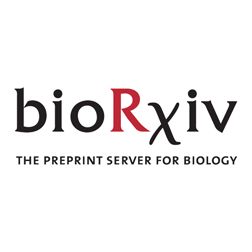Britt Abrahamson
@brittabrahamson.bsky.social
140 followers
260 following
40 posts
Graduate Student @UW |
Microbial Ecophysiology (Nitrification & Methanogenesis) |
Surf, hike, concerts, read
Posts
Media
Videos
Starter Packs
Pinned
Reposted by Britt Abrahamson
Reposted by Britt Abrahamson
Reposted by Britt Abrahamson
Reposted by Britt Abrahamson
Reposted by Britt Abrahamson
Reposted by Britt Abrahamson
Reposted by Britt Abrahamson
Reposted by Britt Abrahamson

















